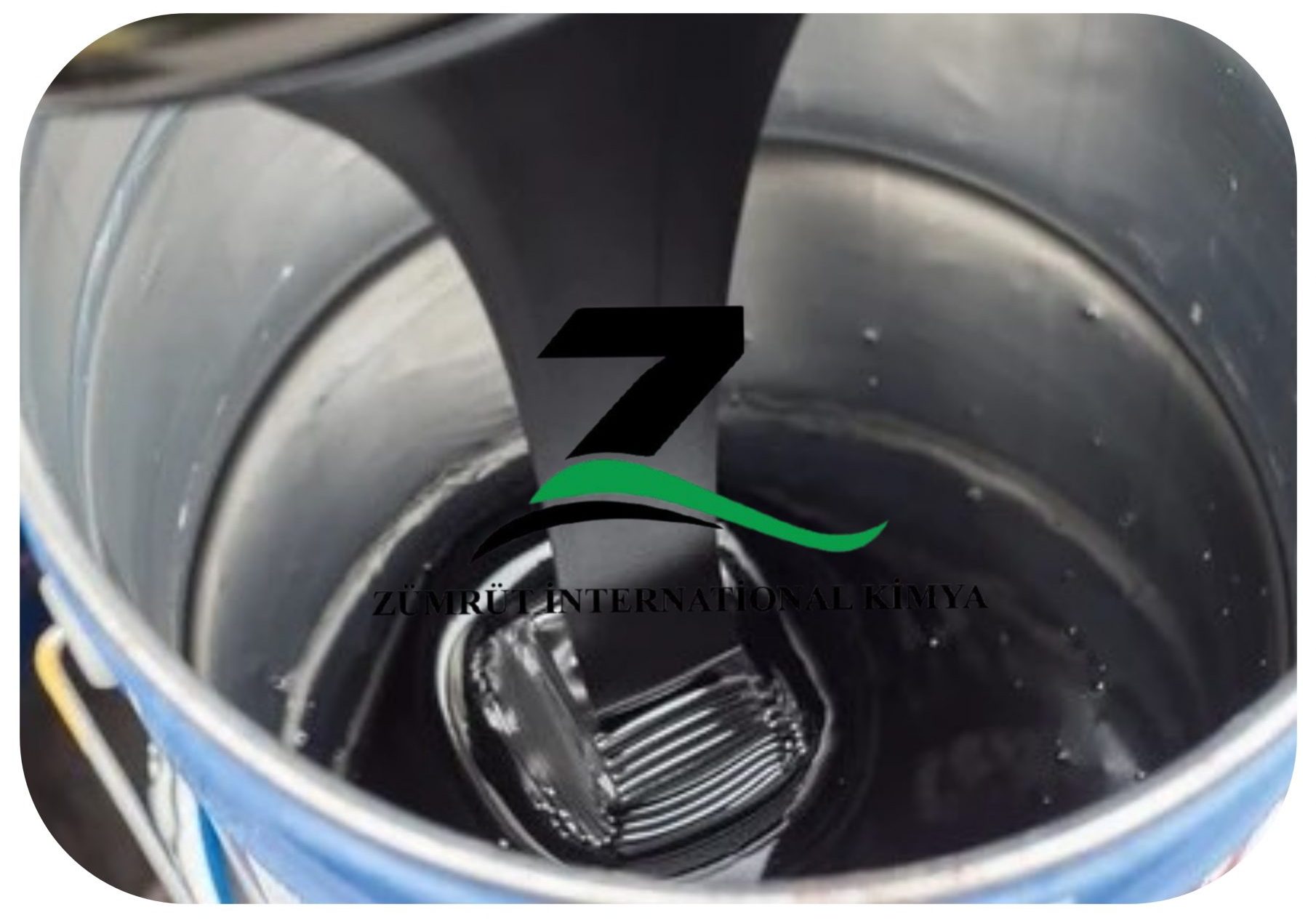
Description of Cutback Bitumen SC-800
Cutback Bitumen SC-800 is a slow curing cutback bitumen, made by dissolving penetration grade bitumen in a petroleum solvent, typically kerosene or diesel. This reduces the bitumen’s viscosity, making it easier to handle and apply.
Cutback Bitumen SC800 has a kinematic viscosity ranging from 800 to 1600 centistokes (CST) at 60 °C and contains about 50% bitumen by volume. Cutback asphalt is an asphalt cement with a solvent or distillate, such as gasoline, diesel fuel, kerosene, or naphtha, added to make the asphalt liquid at ambient temperatures and improve its ability to coat aggregates. SC liquid asphalt can contain between 12 and 40% distillate.
The high demand for distillates in energy applications and increasing air quality regulations have led to a decline in the use of cutback asphalt. SC liquid asphalt can be obtained by fluxing an asphalt cement with a less volatile distillate, such as gas oil. SC cutback materials, also known as “road oils,” are similar to residual refinery products used as heavy fuel oils.
Cutback Bitumen SC-800 Application
Cutback Bitumen SC-800 is a high-performance bitumen product that is widely used in road construction and repair. Due to its lower viscosity, it is particularly ideal for use in cold weather conditions, as it makes handling, spreading, and application on road surfaces easier. It is primarily used as a primer to enhance the adhesion of the road base to the asphalt layers, giving a strong and durable surface. SC-800 is also commonly employed in the manufacture of seal coats, leaving a smooth and strong finish on roads, reducing wear and improving road durability.
In addition to its use in seal coats, Cutback SC-800 is commonly employed in patching mixes and stockpiling mixes for later use. Its excellent wetting ability of aggregates and adhesion to the surface makes it ideal for road resurfacing and repair. The product is also well suited for spray applications, where its even covering of the surface ensures uniformity and effectiveness. Its versatility and performance make Cutback SC-800 a key component of various road construction applications, especially for enhancing the durability and life of road pavements.
Difference Between Cutback Bitumen SC-800 & SC-250
The only significant difference between Cutback Bitumen SC-250 and Cutback Bitumen SC-800 is in their curing rate and viscosity. SC-250 is less viscous than SC-800, therefore easier to apply and penetrates and cures faster, which is well suited for prime coats and surface dressing in temperate climates. On the other hand, SC-800 is thicker and has higher adhesion and durability, hence more appropriate for hot weather or slower curing-type of jobs. They are both slow-curing (SC) cutbacks but will depend on the ambient conditions, workability, and intended application rate.
Packing
Packing of this product is in new thick steel drum on pallet to prevent any leak inside of container also bulk in bitutainer and tanker.
Specification
| Properties | Min | Max | Test Method |
|---|---|---|---|
| Kinematic viscosity at 60°C [140°F], mm2/s | 800 | 1600 | ASTM D2170 |
| Flash Point (Cleveland open cup), °C | 70 | – | ASTM D92 |
| Distillate test: | |||
| Total distillate to 360°C (680°F), volume % | – | 15 | ASTM D402 |
| Solubility, % | 95 | – | ASTM D2042 |
| Kinematic viscosity on distillation residue at 60°C (140°F), mm2/s | 1000 | 16000 | ASTM D2170 |
| Asphalt residue: | |||
| Residue of 100 penetration, % | 60 | – | ASTM D243 |
| Ductility of 100 penetration residue at 25°C (77°F), cm | 50 | – | ASTM D113 |
| Water, % | – | 0.5 | ASTM D95 |
Cutback Bitumen SC-800 FAQs
Why is SC-800 suited for heavy-duty applications?
Its slow curing and high viscosity make it suitable for application on highly trafficked roads and industrial areas where deeper penetration and strong bonding are required.
What are the major uses of SC-800?
SC-800 is mainly used in surface dressing, penetration macadam, and cold mix paving in hot and desert climates.
Does SC-800 cure faster in hot climates?
Yes, high temperature accelerates solvent evaporation, reducing cure time.
Can SC-800 be modified or blended?
Yes, it can be specially blended with additives or aggregates depending on the project.
What is the recommended application equipment for SC-800?
Distributors or spray tankers with heating facilities are usually employed for bitumen distribution.

